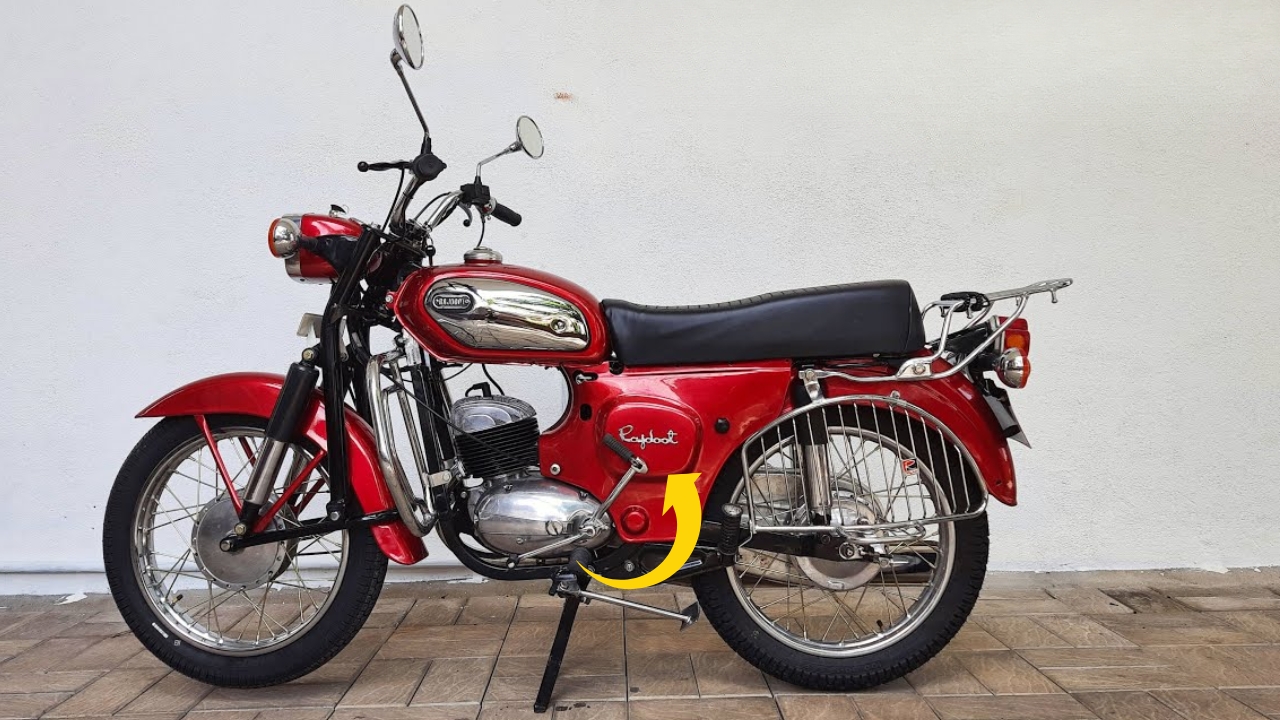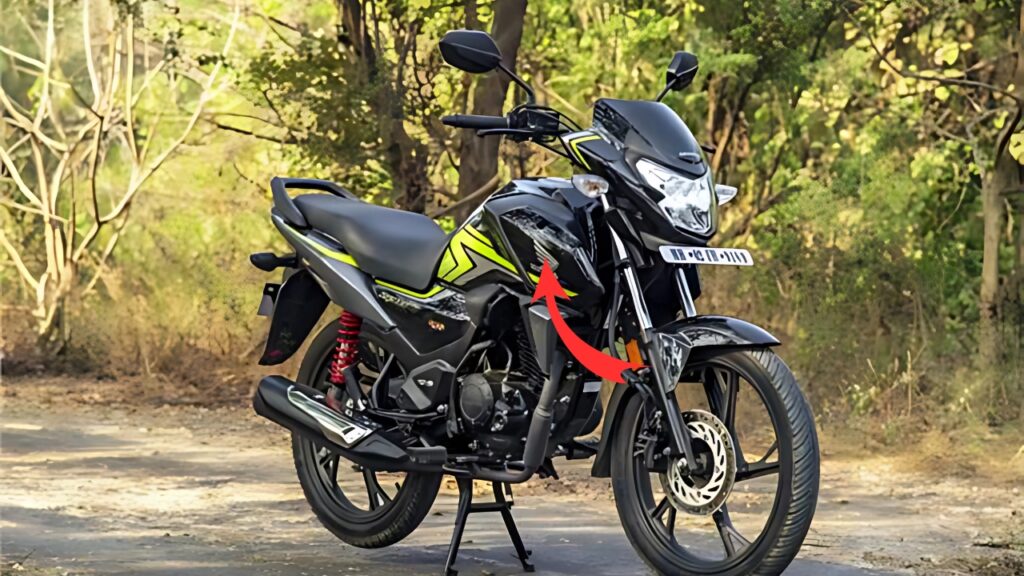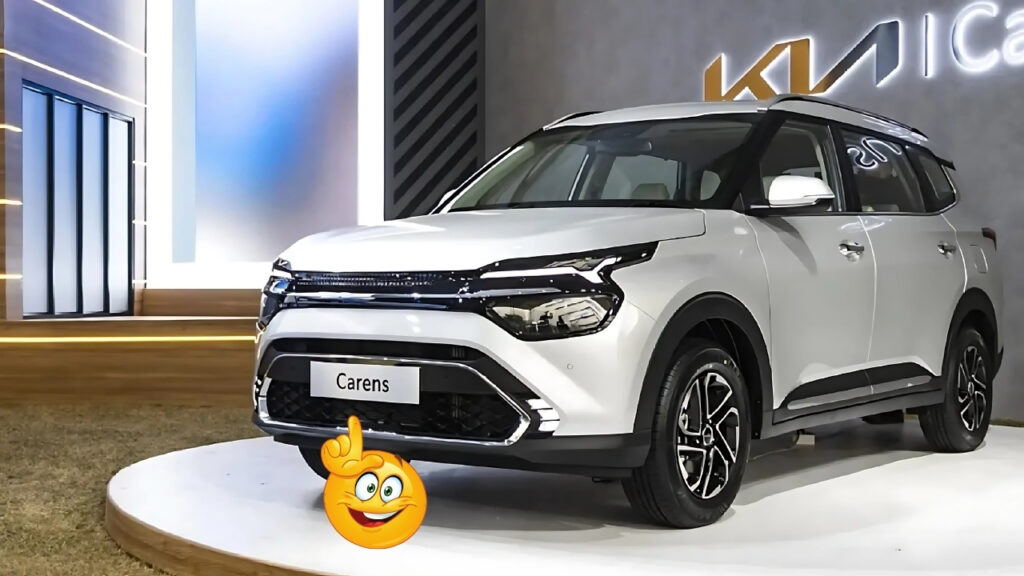Rajdoot 175: The bike Rajdoot 175, popularly known among riders as Rajdoot and was one among the most memorable motorcycle of 1970s and the 1980s in India.
Not Made In The Shade – Royal Enfield RodeoThe Rodeo was a sub-100cc bike, built in India by Escorts Group, under license by Poland’s SHL and it charmed us all.
Table of Contents
Rajdoot 175: Origins and Design

A variant the Rajdoot 175 was based on the Polish motorcycle SHL M11, production started in early 1960s in India.
It was instantly recognisable with its monocoque frame which enclosed the fuel tank for an area between the rider’s legs and also added to the weight of the bike.
A unique design that made it stand out in northern India, and on which was based its nicknames:”Rajdoot Banke” for its strong and sturdy design.
Powering the Rajdoot was a little 173cc two stroke air cooled engine that provided 7.5 bhp power. This meek yet trusty motor served up just about enough punch to get around in the city and country roads of India, hitting about 80 kmph. The motorcycle, like most of its time, had a 4-speed gear box and started with a kickstart lever.
Cultural Impact
It wasn’t just a mere vehicle which people used for commuting, but a cultural symbol, Rajdoot 175. It was among the handful of motorcycles that existed during the license raj period of the Indian economy, during which time the Indian government imposed and monitored automotive restrictions.
The Rajdoot was for most middle-class Indian families their first motorised vehicle, signifying upward mobility and wealth.
The dependable, low-maintenance motorcycle became especially popular in small towns and rural areas. It became the vehicle of choice for government workers, postal carriers, and small business men who required a reliable method of transportation for work and other daily activities.
The Bobby Model
The Rajdoot received an unexpected big push when it was used by Rishi Kapoor and Dimple Kapadia in the 1973 Indian blockbuster film “Bobby.
” Kapoor’s Rajdoot painted red was also too popular and for years after it painted Escorts released the “Bobby” model for the motorcycle in red. It was a marketing masterstroke, and one that sealed the Rajdoot’s place in Indian pop culture folklore.
Technical Innovations
Although technically quite basic, the Rajdoot was for its era quite advanced:
Its full monocoque structure offered great rigidity coupled with a significant reduction off all up weight.
Although an anachronism, the Ind-Suzuki had a good fuel efficiency at a time when energy was extremely scarce in India.
The motorcycle was equipped with strong suspension that could cope with India’s tough roads.
Due to its ease of repair, it could be maintained in relatively crude field workshops in remote areas with very little technical development.
Legacy and Collectible Status
The Rajdoot 175 remained in production until the early 1990s, by which time stricter emissions and changing market demands forced it out of the showrooms. By this time, new four-stroke bikes were becoming more popular due to their fuel efficiency and cleaner emissions.
The Rajdoot is now a cult bike amongst collectors of vintage motorcycles in India! When properly preserved and restored, they fetch top-dollar at auction and on the vintage motorcycle show circuit. Nationwide facebook groups of like-minded friends who love to restore or just ride the the 175 have formed.
Historical Significance
So the Rajdoot 175 is a significant milestone in the industrial development of the nation. The It was one of the first instances of successful technology transfer and indigenous adaptation in the Indian automotive industry.
The local production of the motorcycle contributed to the development of ancillary industries and technical prowess, which would later fuel India’s rise as a global automotive manufacturing hub.
Rajdoot 175:
The Rajdoot 175 is still much more than a mere motorcycle, it is actually a monument to an India of a particular time in the country’s economic and cultural past.
The Rajdoot’s unique looks, iconic two-stroke engine revs and the cult following make it a nostalgic reminder for anyone who grew up with it, even if it has been out of production for decades now.
For the motorcycle connoisseurs and motoring historians alike, this is the right mix of utilitarian design, cultural impact and historical importance – truly, a classic that motorized a growing country and one that stands out as an Indian automotive icon even today.





